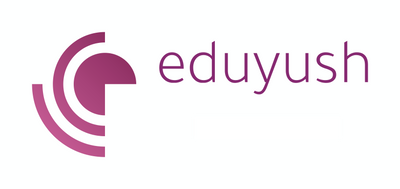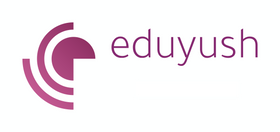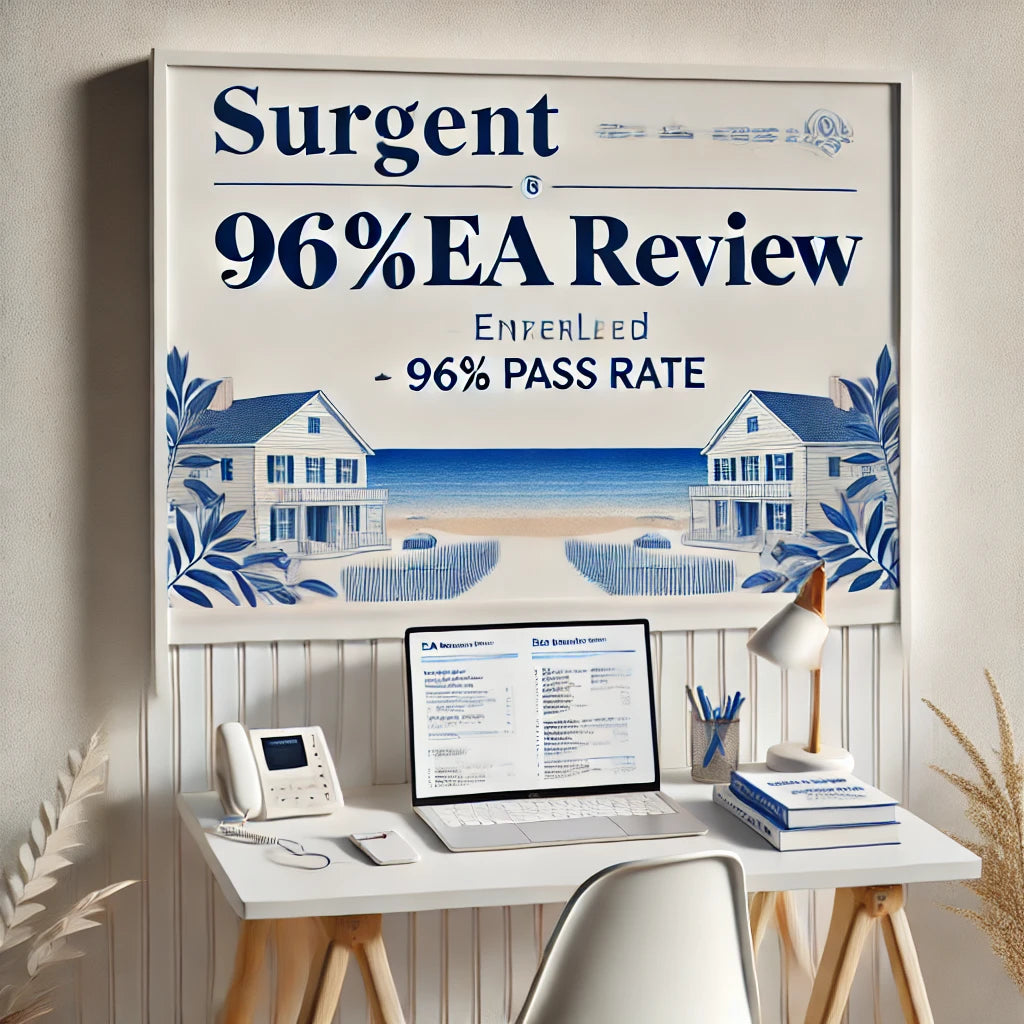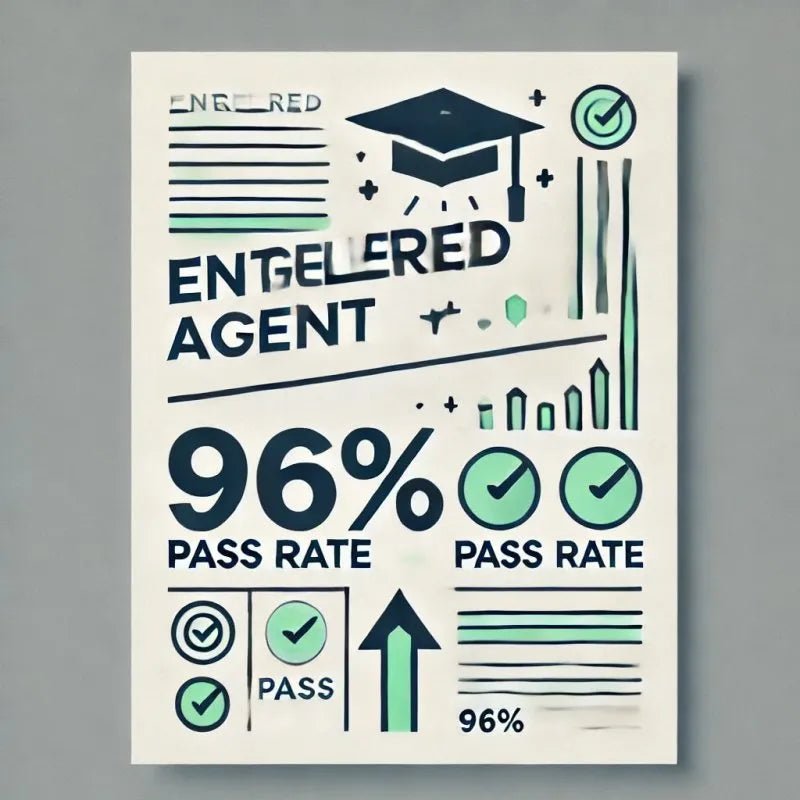Enrolled Agent Exam Pass Rate 2025: Complete Guide
Enrolled Agent Exam Pass Rate 2025: Your Complete Success Guide
Enrolled Agent Exam pass rate statistics reveal encouraging news for aspiring tax professionals. Recent data shows that 70-75% of candidates successfully pass each exam part. This guide explores current pass rates, success factors, and proven strategies for joining the passing majority.
What Is the Current Enrolled Agent Exam Pass Rate?
Official 2024 Pass Rate Statistics
The enrolled agent exam pass rate varies by exam part. Furthermore, here are the latest official statistics:
📊 EA Exam Pass Rates by Part: • Part 1 (Individuals): 72% pass rate • Part 2 (Businesses): 68% pass rate
• Part 3 (Representation): 75% pass rate • Overall average: 71.7% pass rate
📈 First-Time Pass Rates: • First-time candidates: 65-70% success rate • Repeat test-takers: 45-55% success rate • Premium course users: 85-96% success rate
To understand more about the EA exam scoring system and how it works, check out our article on the Enrolled Agent Exam Scoring System and How the Enrolled Agent Exam Scaling System Works.
How Does the EA Pass Rate Compare?
Professional Exam Pass Rate Comparison:
| Exam | Pass Rate | Difficulty Level |
|---|---|---|
| EA Exam | 70-75% | Moderate |
| CPA Exam | 45-55% | High |
| CMA Exam | 45-50% | High |
| Bar Exam | 60-70% | Very High |
Key Insight: The EA exam offers better odds than most professional certifications.
EA Exam Pass Rate by Part: Detailed Analysis
Part 1: Individual Tax Returns (72% Pass Rate)
Why This Pass Rate Exists:
- Familiar concepts: Most candidates understand individual taxes •
- Practical application: Real-world relevance helps retention •
- Comprehensive coverage: Broad but manageable scope
Most Challenging Topics:
- Alternative Minimum Tax (AMT) calculations
- Passive activity loss limitations
- Retirement distribution rules
- Cryptocurrency taxation (new emphasis)
Success Strategy: Focus intensively on Form 1040 flow. Additionally, practice multiple scenarios daily.
If you're curious about the total exam costs, visit our detailed Enrolled Agent Exam Costs breakdown.
Part 2: Business Tax Returns (68% Pass Rate - Lowest)
Why This Has the Lowest Pass Rate: •
- Complex entity rules: Multiple business types confuse candidates
- Detailed calculations: Depreciation and basis adjustments challenge many
- Frequent updates: Tax law changes affect business rules regularly
Most Difficult Areas:
- Partnership taxation and K-1 reporting
- S Corporation distributions and basis
- Section 199A deduction calculations
- Business interest limitation rules
Improvement Tips: Master entity characteristics first. Then, practice basis calculations extensively.
Enrolled Agent Registration: Why 95% Pass With This
Part 3: Representation and Ethics (75% Pass Rate - Highest)
Why This Has the Best Pass Rate:
- Logical structure: IRS procedures follow clear patterns
- Less calculation:More conceptual than computational
- Limited scope: Narrower content coverage
Common Challenge Areas:
- Collection Due Process procedures
- Offer in Compromise requirements
- Circular 230 professional standards
- Power of Attorney limitations
Success Approach: Memorize key deadlines systematically. Furthermore, understand taxpayer rights thoroughly.
Factors That Influence EA Exam Pass Rates
1. Candidate Background Impact
Higher Pass Rates (80-90%):
- Tax preparers with 2+ years experience
- Accounting professionals with tax knowledge
- Former IRS employees (maybe exam-exempt)
- Business owners familiar with tax concepts
Lower Pass Rates (50-65%): •
- Complete beginners to tax Preparation
- Non-business academic backgrounds
- International candidates unfamiliar with the US system
- Part-time studies with limited Preparation
2. Study Method Effectiveness
Traditional Study Methods:
- Pass Rate: 60-70%
- Study Time: 250-350 hours
- Success Factors: Discipline and consistency
AI-Powered Platforms:
- Pass Rate: 85-96%
- Study Time: 150-200 hours
- Success Factors: Adaptive learning and efficiency
Premium Courses (like Surgent):
- Pass Rate: 96%
- Study Time: 120-180 hours
- Success Factors: Technology and proven methods
3. Preparation Time Investment
Study Hours vs. Pass Rate Correlation:
| Study Hours | Expected Pass Rate |
|---|---|
| Under 100 | 35-45% |
| 100-150 | 55-65% |
| 150-250 | 70-80% |
| 250+ hours | 80-90% |
However, quality matters more than quantity. Thoughtful Preparation beats long hours.
How to Improve Your EA Exam Pass Rate
Strategy 1: Choose Proven Study Materials
High-Success Options:
- Surgent EA Review (96% pass rate)
- Gleim EA Review (80-85% pass rate)
- Becker EA Review (75-80% pass rate)
Why Surgent Leads:
- AI-powered adaptive learning
- ReadySCORE™ technology
- Personalized study paths
- 100% pass guarantee
Strategy 2: Focus on High-Yield Topics
Part 1 Priorities:
- Individual tax calculation flow
- Common deductions and credits
- Filing status rules
- Basic retirement distributions
Part 2 Essentials:
- Entity characteristics comparison
- Basic business deductions
- Payroll tax fundamentals
- Depreciation basics
Part 3 Must-Know:
- Taxpayer Bill of Rights
- Basic IRS procedures
- Circular 230 ethics rules
- Common representation scenarios
Strategy 3: Master Test-Taking Techniques
Multiple Choice Success Tips:
- Read questions thoroughly first
- Eliminate wrong answers immediately
- Look for qualifying words carefully
- Trust your first instinct usually
Time Management Rules:
- Spend a maximum of 2 minutes per question
- Flag difficult questions for later review
- Save 15-20 minutes for final check
- Don't change answers without a strong reason
Strategy 4: Practice Under Real Conditions
Simulation Strategies:
- Take full-length practice exams weekly
- Use computer-based testing format exclusively
- Time yourself strictly during practice
- Review wrong answers thoroughly afterward
Practice Schedule:
- Week 1-8: Topic-specific practice questions
- Week 9-12: Full practice exams
- Week 13-16:Intensive simulation practice
- Final week: Light review only
Why Some Candidates Fail the EA Exam
Common Failure Patterns
1. Inadequate Preparation Time • Problem: Underestimating study requirements • Result: Rushed preparation and poor retention • Solution: Plan 150-300 hours realistically
2. Poor Quality Study Materials • Problem: Using outdated or basic resources • Result: Knowledge gaps and low confidence • Solution: Invest in proven, current materials
3. Wrong Study Strategy • Problem: Memorizing without understanding concepts • Result: Confusion during application questions • Solution: Focus on practical application practice
4. Test Anxiety Issues • Problem: Nervousness affecting performance • Result: Lower scores despite good Preparation • Solution: Practice stress management and simulation
Red Flags That Predict Failure
Warning Signs:
- Consistently scoring below 70% on practice tests
- Avoiding complex topics instead of mastering them
- Studying sporadically rather than consistently
- Focusing only on memorization techniques
Course Correction Actions:
- Switch to adaptive AI-powered platforms immediately
- Increase daily study time significantly
- Join study groups for accountability
- Consider professional tutoring if needed
How AI Technology Improves EA Pass Rates
The Surgent Advantage: 96% Pass Rate
Revolutionary AI Features:
- Predictive AI Technology: Identifies your weak areas automatically
- ReadySCORE™: Predicts your exam readiness accurately
- A.S.A.P. Technology: Adapts content to your learning style
- Daily Surge: Provides personalized daily study recommendations
Why AI Boosts Pass Rates:
- Efficiency: Study only what you need
- Personalization: Adapts to your learning speed
- Confidence: Real-time readiness feedback
- Results: Proven 96% success rate
Available in India Through Eduyush
Exclusive Benefits:
- ₹25,000 pricing (vs. ₹55K-₹79K competitors)
- Same AI technology as global users
- Local payment options and support
- Proven results with Indian candidates
Success Statistics:
- 96% pass rate among Surgent users
- 50% less study time versus traditional methods
- 100% pass guarantee until you succeed
- 2,000+ practice questions with AI adaptation
EA Exam Pass Rate Trends and Predictions
Historical Pass Rate Changes
5-Year Trend Analysis:
- 2020: 68% average pass rate
- 2021: 70% average pass rate
- 2022: 71% average pass rate
- 2023: 72% average pass rate
- 2024: 71.7% average pass rate
Trend Insights: Pass rates remain relatively stable. However, candidates using AI technology show dramatic improvement.
2025 Predictions
Expected Changes:
- Overall pass rates: Likely stable at 70-75%
- AI platform users: Expected 90-95% pass rates
- Traditional study methods: May decline to 60-65%
- First-time success: Increasingly dependent on preparation quality
Technology Impact on Future Rates
AI Revolution Effects:
- Better Preparation: Leads to higher pass rates
- Personalized learning: Reduces study time needs
- Predictive analytics: Improves readiness assessment
- Adaptive content: Targets individual weaknesses effectively
Common Questions
What Is the Enrolled Agent Exam Pass Rate?
The current enrolled agent exam pass rate averages 71.7% across all parts. Moreover, Part 3 has the highest pass rate at 75%.
Which EA Exam Part Has the Lowest Pass Rate?
Part 2 (Businesses) has the lowest pass rate at 68%. This section covers complex business taxation rules.
How Can I Improve My EA Exam Pass Rate?
Use AI-powered study platforms like Surgent. Furthermore, practice extensively with realistic simulations.
What Study Method Has the Highest EA Pass Rate?
Surgent's AI platform achieves a 96% pass rate. Consequently, this exceeds all other preparation methods significantly.
Is the EA Exam Getting Harder?
Pass rates remain stable at around 70-75%. However, tax law complexity continues to increase gradually.
Success Stories: How Students Achieved High Pass Rates
Case Study 1: Complete Beginner Success
Background: Marketing professional with zero tax experience Challenge: Understanding basic tax concepts initially solution: Surgent AI platform with structured approach Result: Passed all parts first attempt Quote: "The AI technology made complex topics manageable systematically."
Case Study 2: Busy Professional Victory
Background: Full-time employee, limited study time Challenge: Only 2 hours daily for preparation Solution:Surgent's adaptive learning optimization Result: 96% pass rate within 4 months Quote: "AI targeting saved countless hours of unnecessary study."
Case Study 3: International Student Achievement
Background: CA from India, unfamiliar with US system Challenge: Learning completely different tax structureSolution: Comprehensive Surgent course through Eduyush Result: All parts passed within 6 months Quote: "Starting with fundamentals and building systematically worked perfectly."
Preparing for Different EA Exam Scenarios
High-Stress Test Day Management
Pre-Exam Preparation:
- Visit the testing center beforehand
- Practice time management extensively
- Prepare required documentation carefully
- Plan arrival timing with buffer
During Exam Strategies:
- Read instructions thoroughly first
- Stay calm with deep breathing
- Flag difficult questions for review
- Manage time with regular checks
Retake Strategy for Failed Attempts
Immediate Post-Exam Actions:
- Review score report thoroughly
- Identify weak areas specifically
- Adjust study strategy accordingly
- Schedule retake within optimal timeframe.
Improvement Focus Areas:
- Target specific weaknesses identified
- Increase practice questions in problem areas
- Consider upgrading to an AI-powered platform
- Join study groups for additional support
Future of EA Exam Pass Rates
Technology Integration Trends
Emerging Developments:
- Virtual reality training simulations
- Artificial intelligence tutoring systems
- Blockchain-based credential verification
- Machine learning performance prediction
Impact Predictions: Pass rates will likely increase as technology improves preparation efficiency. However, exam standards may adjust accordingly.
Regulatory Changes Affecting Rates
Potential Modifications:
- Exam format updates for modern relevance
- Content emphasis shifts with tax law
- Testing frequency adjustments possible
- Continuing education integration considerations
Conclusion: Your Path to EA Success
The enrolled agent exam pass rate of 71.7% proves success is achievable. Moreover, choosing the right preparation strategy dramatically improves your odds.
Key Success Factors:
- Quality Preparation: Invest in proven AI-powered platforms
- Consistent Effort: Study 150-250 hours systematically
- Smart Strategy: Focus on high-yield topics first
- Technology Advantage: Use adaptive learning tools
- Professional Support: Consider expert guidance when needed
Why Choose Surgent Through Eduyush:
Proven Results: A 96% pass rate speaks for itself. AI Technology: Adaptive learning optimizes efficiency India Pricing:₹25,000 offers exceptional value Complete Support: 100% pass guarantee until success Local Advantage: Indian payment and support options
The enrolled agent exam pass rate improves significantly with quality Preparation. Furthermore, Surgent's AI technology through Eduyush offers your best chance for first-time success.
Ready to join the 96% who pass with Surgent?
Your EA certification journey starts with choosing proven preparation methods. Consequently, success should not be left to chance when technology can virtually guarantee it.
Transform your career with EA certification. Visit Eduyush.com for Surgent's AI-powered platform at exclusive India pricing. Join thousands who chose thoughtful Preparation and achieved first-time success.
Start your EA success story today. Choose Surgent. Choose success.
Become an Enrolled Agent
96% Pass Rate on Surgent EA course
1️⃣Now Available in India at 45% Off
2️⃣Unlimited Course Access Until You Pass
3️⃣Expert Support & Comprehensive Study Materials
4️⃣AI-Driven Study Plan for Efficient Learning
Questions? Answers.
How do I become an Enrolled Agent?
To become an Enrolled Agent, you must:
- Pass the Special Enrollment Examination (SEE), which is a three-part exam covering:
- Alternatively, if you have experience working for the IRS (at least five years in a relevant tax position), you may qualify without the exam.
- Apply for enrollment by submitting Form 23, “Application for Enrollment to Practice Before the IRS,” and undergo a background check to ensure you comply with tax laws.
What is the Special Enrollment Examination (SEE)?
The SEE is a three-part exam that tests your knowledge of tax laws and your ability to represent taxpayers before the IRS. Each part of the exam focuses on different aspects of U.S. tax law:
- Part 1: Individual Taxation
- Part 2: Business Taxation
- Part 3: Representation, Practices, and Procedures
You must pass all three parts within a two-year period. The exam is administered by Prometric and is available year-round.
How do I renew my Enrolled Agent status?
To renew your EA status, you need to:
- Complete Form 8554, “Application for Renewal of Enrollment to Practice Before the IRS,” and submit it before the expiration of your current enrollment cycle.
- Confirm you have met your CPE requirements for the three-year period.
- Pay the renewal fee (currently $140 as of 2024).
Your renewal period is based on the last digit of your Social Security Number:
- 0, 1, 2, 3: Renew by January 31 of years divisible by 3 (e.g., 2026, 2029).
- 4, 5, 6: Renew by January 31 of the year following those divisible by 3.
- 7, 8, 9: Renew by January 31 two years after the year divisible by 3.
Can I lose my Enrolled Agent status?
Yes, an EA can lose their status for various reasons, including:
- Failure to meet CPE requirements.
- Failure to renew your enrollment by submitting Form 8554.
- Unethical behavior or violations of IRS regulations (e.g., tax fraud, negligence).
If you lose your status, you will need to reapply and, in some cases, retake the SEE to regain your credentials.
How can I track my CPE hours?
It’s important to track your CPE hours to ensure you meet the requirements. Many IRS-approved providersautomatically track your hours and issue certificates for each course. You should:
- Keep a record of completion certificates from each CPE course.
- Use a spreadsheet or online tracking tool to log your hours and ensure you meet the yearly 16-hour minimum.
Some CPE providers offer dashboards that allow you to track your completed courses and hours in real time.
What is the difference between an EA and a CPA?
While both EAs and CPAs can represent clients before the IRS, there are key differences:
- EAs specialize in tax and have unlimited practice rights to represent taxpayers before the IRS in tax matters.
- CPAs can offer a broader range of services, including auditing, accounting, and financial planning. However, their ability to represent clients before the IRS in tax matters is typically limited to those for whom they have prepared tax returns or provided other services.
EAs are generally seen as tax experts, while CPAs have a more generalized accounting background.
What is Form 23, and when do I need to file it?
Form 23 is the “Application for Enrollment to Practice Before the IRS.” You file this form:
- After you pass all three parts of the SEE, or
- If you qualify based on prior IRS work experience (at least five years in a relevant position).
Filing Form 23 is the final step in becoming an Enrolled Agent. You must also pass a background check and pay the initial enrollment fee.
How long does the EA enrollment process take?
- After passing the SEE, you must submit Form 23.
- The IRS will conduct a background check to ensure you have complied with U.S. tax laws.
- The approval process typically takes 60-90 days, depending on the completeness of your application and the IRS's review workload.
Where can i read detailed guidelines for specific areas?
We have addressed most of the EA questions in our blogs. Refer to these blogs
Resources to pass the EA Exams
Here are all the relevant resources you can use to pass the exams
- Enrolled Agent CPE Requirements: Complete Guide for EAs
- Enrolled agent diagnostic report: How to use it
- Enrolled Agent Exam Centers in India: Complete Guide
- Enrolled Agent Exam Cost: A Complete Breakdown
- Enrolled agent exam retakes: Study strategies
- Enrolled Agent Exam Sample Questions: Part 1 Individuals
- Enrolled Agent Exam Scores: Everything You Need to Know
- Enrolled agent exam time management
- Enrolled Agent Exam: Your Complete Guide to Success
- Enrolled Agent Renewal: Complete Guide to Renew Your EA Status
- Enrolled Agent Salary in India: A Complete Overview
- Enrolled Agent Study Plan Strategies
- Enrolled Agent Syllabus: Complete Breakdown for 2024
- Enrolled agent test preparation
- Enrolled Agent: Your Guide to Becoming an EA
- How to Fill Form 8554 for Enrolled Agent Renewal
- How to get a PTIN: Step by Step guide
- PTIN Renewal Deadlines: What Happens If You Miss the Deadline?
- Enrolled agent course















Leave a comment